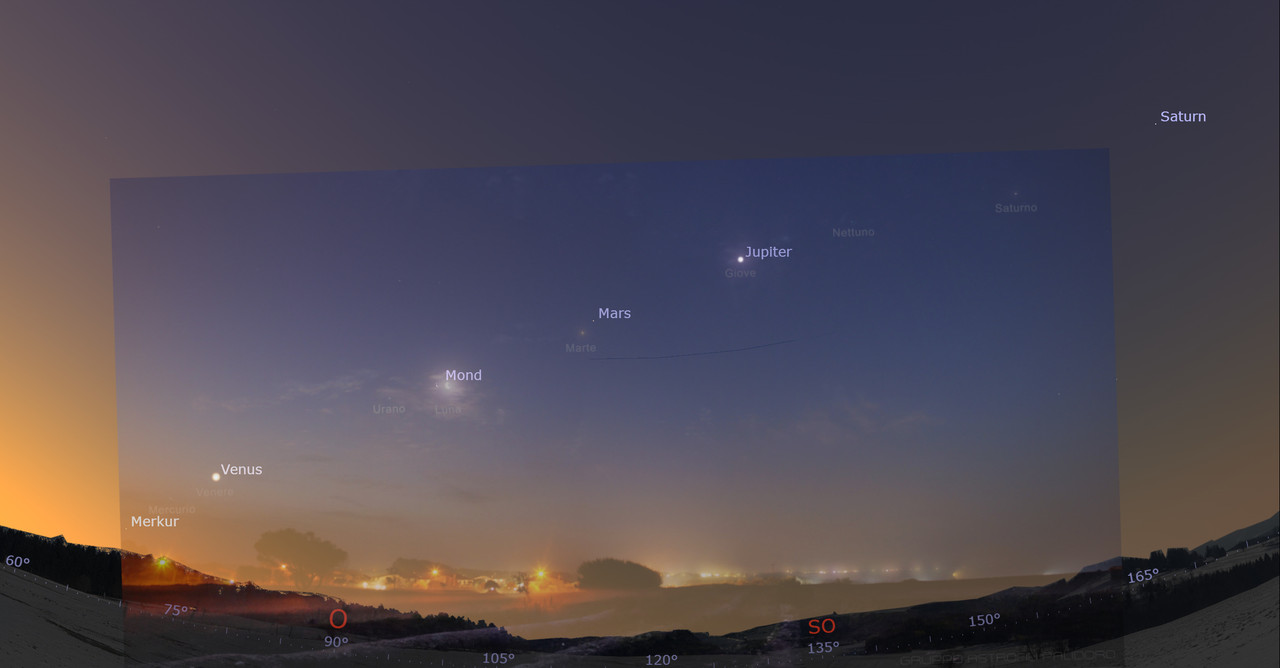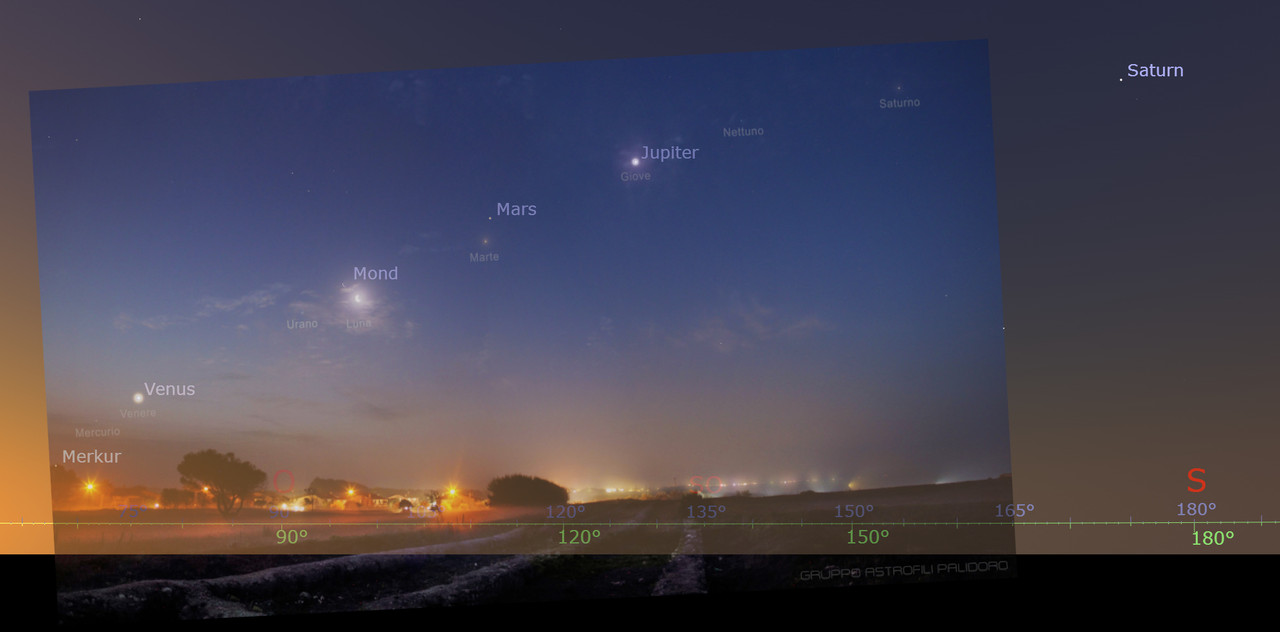You can use Stellarium or any other planetarium software to see what things were supposed to look like. Doing so will show that in the APOD image, Mercury (or should I say, the star-like feature visible just above the le label Mercurio) is only about half of its true distance to Venus. This can be easily overlooked by someone with limited experience, but anyone who has used an atlas with their telescope (no GoTO) will immediately notice the problem. If I have the time tonight, I'll overlay the Stellarium view to the image to illustrate my point.johnnydeep wrote: ↑Mon Jun 27, 2022 1:37 pm
How are you so certain that the image of Mercury shown in the APOD is actually a star? I didn't understand your first explanation above. Also, there's a bright object - a star? - very close to Venus and being partially eclipsed by it, that I'm not clear about either.
mercury and venus.JPG
Of course, it could be an image of Mercury taken 30 minutes latter and then just incrusted into the image or it could be an image of a random star. The point is that, taking the positions of Venus, Moon, Mars, Jupiter, Uranus, Neptune and Saturn as reference, there should be nothing at the location marked as "Mercury" (or, at best some magnitude ~4 star, which would be invisible since we can't even see the Pleiades)
As for the object close to Venus, this is probably just Venus again from a different layer. With Venus being towards the edge in one layer, deformations due to lenses having more coma/etc near the edges will make it difficult to align perfectly with Venus from a more centered picture. That's fine.
jf





